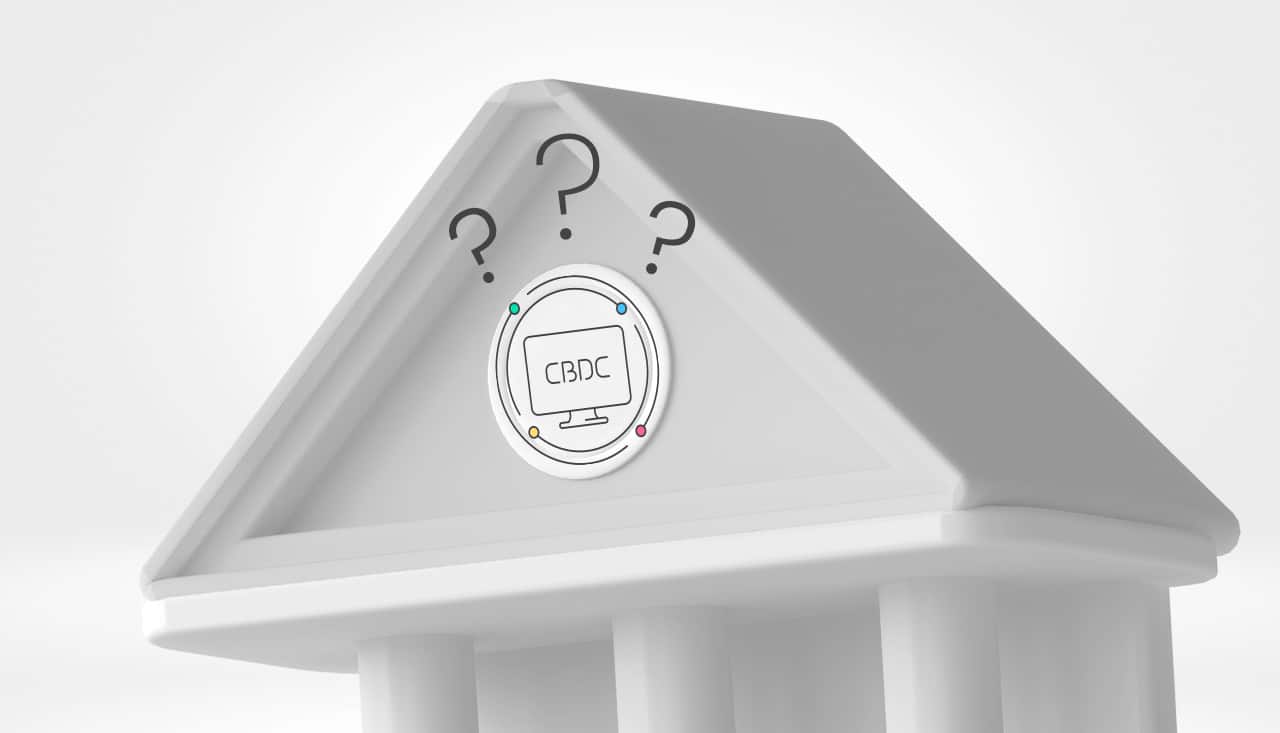
“The future of finance lies in emerging markets.”
Arif Naqvi
In a world where the digital divide between the “haves” and “have-nots” is closing faster than ever, emerging markets stand on the brink of a financial revolution. The key to unlocking this potential? Access to credit. Imagine a future where financial barriers don’t dictate the limits of ambition and innovation. This week, we dive deep into the evolving landscape of credit access in these dynamic economies, exploring how cutting-edge financial solutions are not just opening doors—they’re creating entirely new pathways for growth and opportunity.
The Current State of Credit in Emerging Markets
Did you know that 75% of adults in emerging markets lack access to essential financial services such as, and especially, credit?1 This staggering statistic from the World Bank highlights a critical gap in the financial fabric of these economies. But what’s behind this gap? Traditional banking infrastructures often fall short in reaching the underserved, leaving millions without the means to borrow, invest, and grow. The ripple effects of this credit scarcity are profound, stifling entrepreneurship, reinforcing poverty cycles, and hampering economic development.
However, the landscape is not all bleak. The rise of mobile banking has heralded a new era of financial accessibility, with usage in emerging markets growing by 50% in just two years, according to GSMA2. This digital leap forward is bridging the gap between traditional banking limitations and the unbanked masses, offering a glimpse into a more inclusive financial future.
The Role of Mobile Banking
Growth of Mobile Banking
In the bustling streets of Nairobi, a street vendor accepts payment via her smartphone. Thousands of miles away, a farmer in rural India checks his loan balance with a few taps on his mobile phone. These aren’t scenes from a futuristic movie; they’re today’s reality in emerging markets. Mobile banking isn’t just growing; it’s booming, with a 50% increase in usage over the past two years, as reported by GSMA. This surge is more than a trend; it’s a lifeline, connecting millions to financial services previously out of reach.
Benefits for Consumers and Businesses
The benefits of mobile banking in emerging markets are profound. For consumers, it means access to financial services without the need for a physical bank, which can be miles away or non-existent in rural areas. For businesses, especially small and micro-enterprises, it offers a way to manage finances, receive payments, and access credit quickly. This digital financial inclusion fosters economic growth, supports entrepreneurship, and can significantly reduce poverty by empowering individuals and communities.
Case Studies: Mobile Banking Success
Consider M-Pesa in Kenya, a mobile money service that transformed the country’s financial landscape. It allowed users to deposit, withdraw, and transfer money with a simple SMS. M-Pesa’s success story is a testament to mobile banking’s potential to revolutionize financial access, proving that with the right technology and regulatory environment, banking can be made available to everyone, everywhere.
Innovative Financial Solutions
Digital Wallets and Payment Platforms
Emerging markets are also witnessing the rise of digital wallets and payment platforms. These technologies go hand in hand with mobile banking, allowing users to make transactions, pay bills, and even access microloans directly from their smartphones. Companies like Paytm in India and Alipay in China are leading the charge, offering comprehensive digital financial ecosystems that cater to millions of users.
Peer-to-Peer Lending
Another groundbreaking innovation is peer-to-peer (P2P) lending, which connects borrowers directly with lenders through digital platforms. This bypasses traditional financial institutions, often offering more favorable terms and lower interest rates. P2P lending platforms have become especially popular for small business financing, where access to traditional bank loans is limited.
Blockchain and Cryptocurrency
Lastly, blockchain technology and cryptocurrencies hold promise for further disrupting traditional banking in emerging markets. By offering decentralized and secure financial transactions, blockchain can provide a level of transparency and efficiency previously unattainable. Cryptocurrencies, though still in their infancy in terms of widespread adoption, offer the potential for borderless transactions, opening up international trade opportunities for small and medium-sized enterprises.
Challenges and Solutions in Expanding Credit Access
Regulatory Hurdles
The road to revolutionizing credit access is not without its obstacles. One of the most significant challenges comes from the regulatory environment. In many emerging markets, financial regulations haven’t kept pace with technological advancements, creating a complex landscape for fintech companies to navigate. However, entities like FreshCredit are leading by example, working closely with regulators to ensure that innovative credit solutions meet all legal requirements while still pushing the boundaries of what’s possible in financial inclusion.
Technological Infrastructure
Another challenge is the technological infrastructure. While mobile banking and digital platforms have made leaps and bounds, the digital divide remains a real issue. Access to reliable internet and smartphones is not universal, potentially limiting the reach of these innovative solutions. FreshCredit’s approach involves optimizing their platforms for low-bandwidth environments and offering a range of access points, from mobile apps to USSD codes, ensuring that their credit solutions are as inclusive as possible.
Financial Literacy and Trust
Building trust and improving financial literacy are also crucial. For many, the leap from traditional banking to digital solutions is significant. FreshCredit addresses this by not only providing cutting-edge credit solutions but also investing in education and outreach programs. They aim to demystify digital finance, helping users understand the benefits and security of their offerings, thereby fostering trust and encouraging wider adoption.
The Future of Finance in Emerging Markets
Predictions and Emerging Trends
Looking ahead, the future of finance in emerging markets is incredibly bright, with fintech innovations like those introduced by FreshCredit at the forefront. The continued growth of mobile banking, along with advancements in AI and blockchain, promise to make financial services more accessible, secure, and tailored to individual needs. We’ll likely see an increase in personalized financial products, from microloans to insurance, all facilitated by sophisticated credit scoring algorithms that consider a broader range of factors than traditional methods.
The Role of Global Collaboration
Achieving widespread financial inclusion will require global collaboration. Governments, NGOs, fintech companies, and traditional banks must work together to build supportive regulatory frameworks, expand technological infrastructure, and educate potential users. FreshCredit’s commitment to partnering with various stakeholders exemplifies the kind of collaborative effort needed to make financial inclusion a reality for all.
A Call to Action
The revolution in credit access is not just the responsibility of fintech companies; it’s a call to action for everyone involved in the financial ecosystem. By supporting innovative solutions like those offered by FreshCredit and advocating for more inclusive financial policies, we can all contribute to a future where financial barriers no longer hinder economic and personal growth.
As we’ve explored, the journey towards revolutionizing credit access in emerging markets is filled with both challenges and opportunities. Innovations in mobile banking, digital platforms, and alternative credit scoring are paving the way for a more inclusive financial landscape. Companies like FreshCredit are at the heart of this transformation, demonstrating that with the right approach, technology can be a powerful tool for financial empowerment.
The future of finance in these dynamic economies looks promising, with endless possibilities for growth and inclusion. As we move forward, let’s embrace these changes, support the innovations, and work towards a world where everyone has access to the financial tools they need to thrive.
- The World Bank. (2021). Global Findex Database 2021. https://www.worldbank.org/en/publication/globalfindex Data accessed Jan 2024 ↩︎
- GSMA. (2021). State of the Industry Report on Mobile Money 2021. https://www.gsma.com/mobilefordevelopment/resources/state-of-the-industry-report-on-mobile-money-2021/ ↩︎






























